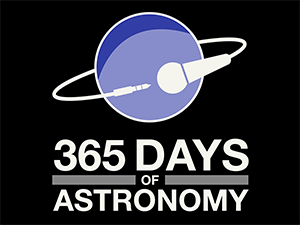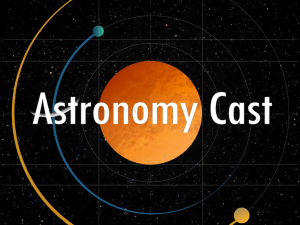
And just to wrap up the planetary news with something fun, a new study published in Science Advances with lead author Zhiyu He explains how experiments involving Polyethylene terephthalate (PET) plastic – a common polyester family plastic – show that ‘diamond rain’ could be far more common on exoplanets than thought. The plastic used contains a mixture of carbon, hydrogen, and oxygen that provides a decent approximation of the composition of icy planets like Neptune and Uranus.
Add in a high-powered optical laser, create shock waves in the PET, and then examine with X-ray diffraction, and the team found nanodiamonds. They also found that this method, which differed from an earlier experiment, allowed them to measure just how fast those diamonds grew. It turns out that the oxygen content made all the difference, as co-author Dominik Kraus explains: The effect of the oxygen was to accelerate the splitting of the carbon and hydrogen and thus encourage the formation of nanodiamonds. It meant the carbon atoms could combine more easily and form diamonds.
Diamond rain likely happens at Neptune and Uranus, and the diamonds there will be much larger than the nanodiamonds created in the lab. So make sure your ice giant umbrella can handle the weather.
More Information
SLAC press release
“Diamond formation kinetics in shock-compressed C─H─O samples recorded by small-angle x-ray scattering and x-ray diffraction,” Zhiyu He et al., 2022 September 2, Science Advances



